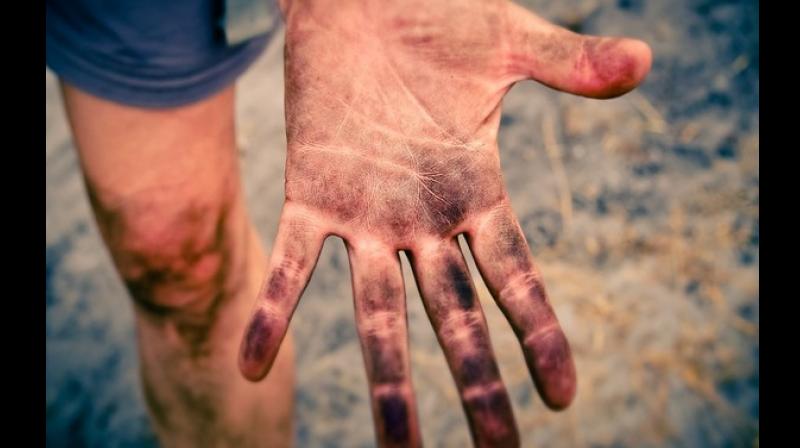Nanoparticles could help burn victims
Good news for burn victims, artificial skin could help them 'feel'.

Washington: A research paper now suggests that a new type of sensor could lead to artificial skin that someday helps burn victims 'feel' and safeguards others. The University of Connecticut researchers suggest the same in a paper in Advanced Materials.
According to the study the skin's ability to perceive pressure, heat, cold, and vibration is a critical safety function that most people take for granted. But burn victims, those with prosthetic limbs, and others who have lost skin sensitivity for one reason or another, can't take it for granted and often injure themselves unintentionally.
Chemists Islam Mosa from UConn and James Rusling from UConn and UConn Health, along with University of Toronto engineer Abdelsalam Ahmed, wanted to create a sensor that can mimic the sensing properties of skin.
Such a sensor would need to be able to detect pressure, temperature, and vibration. But perhaps it could do other things too, the researchers thought. Speaking about it, Mosa said: "It would be very cool if it had abilities human skin does not; for example, the ability to detect magnetic fields, sound waves, and abnormal behaviours."
Mosa and his colleagues created such a sensor with a silicone tube wrapped in a copper wire and filled with a special fluid made of tiny particles of iron oxide just one billionth of a meter long, called nanoparticles.
Mosa and his colleagues hope it could help burn victims "feel" again and perhaps act as an early warning for workers exposed to dangerously high magnetic fields. Because the rubber exterior is completely sealed and waterproof, it could also serve as a wearable monitor to alert parents if their child fell into deep water in a pool, for example.
Mosa said, "The inspiration was to make something durable that would last for a very long time, and could detect multiple hazards." The team has yet to test the sensor for its response to heat and cold, but they suspect it will work for those as well. The next step is to make the sensor in a flat configuration, more like skin, and see if it still works.

